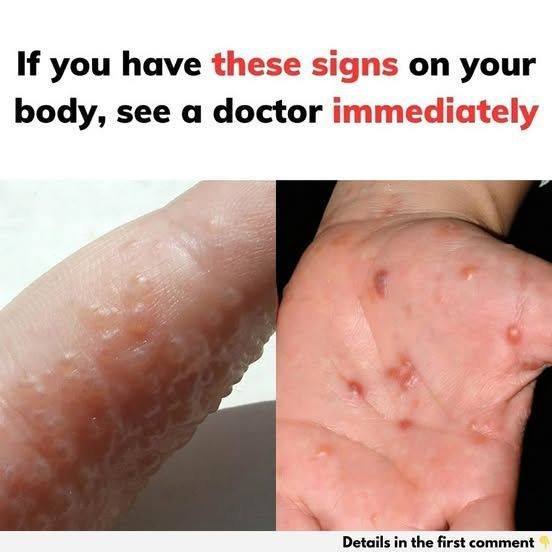
Dyshidrotic eczema, also known as dyshidrosis or pompholyx, is a skin condition characterized by small, itchy blisters on the palms of the hands, sides of the fingers, and soles of the feet. These blisters can cause significant discomfort and may interfere with daily activities. Understanding the causes, symptoms, and treatment options is crucial for effective management.
Causes and Risk Factors
The exact cause of dyshidrotic eczema remains unknown, but several factors are believed to trigger or exacerbate the condition:
-
Allergies to Metals: Hypersensitivity to metals such as nickel and cobalt is often a contributing factor. Individuals who work with these materials or are exposed to them in daily life may experience heightened symptoms.
-
Stress: Emotional stress is another major trigger. People who experience high levels of stress may see an increase in the frequency or severity of dyshidrotic eczema outbreaks.
-
Sweating: Excessive sweating may irritate the skin and prompt flare-ups.
-
Personal Care Products: Certain ingredients found in soaps, moisturizers, or shampoos can irritate the skin, causing or worsening dyshidrotic eczema.
-
Medications: Certain drugs, including birth control pills or aspirin, may contribute to flare-ups.
-
Smoking: Exposure to tobacco, either by smoking or second-hand smoke, is linked to increased eczema symptoms.
Symptoms
The primary symptoms of dyshidrotic eczema include:
-
Itchy Blisters: These typically start as small bumps that can merge into larger patches. The itchiness may be intense and persistent.
-
Burning Sensation: Early warning signs of an eczema flare-up include a burning or tingling sensation, even before the appearance of visible blisters.
-
Peeling and Cracking: As the blisters heal, the skin may become dry, flaky, and prone to cracking.
-
Pain: If the skin becomes infected, the blisters may ooze pus, become inflamed, and cause pain.
-
Tapioca-Like Appearance: The tiny blisters are often described as looking like tapioca pudding, giving the skin a distinctive bumpy texture.
The blisters usually heal on their own in 2 to 4 weeks, but the area may remain dry and flaky for some time after. Individuals with darker skin tones may develop dark spots or patches in the affected areas.
Treatment Options
Managing dyshidrotic eczema involves a combination of self-care measures and medical treatments:
-
Moisturizing: Regularly applying moisturizing lotions or creams helps treat dry skin and prevent flare-ups.
-
Topical Steroids: Steroid ointments can reduce inflammation and alleviate itching.
-
Calcineurin Inhibitors: These creams may also reduce inflammation and are used as an alternative to steroids.
-
Oral Steroids: For more severe symptoms, doctors may prescribe oral corticosteroids to control inflammation.
-
Phototherapy: Treatment with psoralen and ultraviolet light is used for people with chronic, severe symptoms.
-
Blister Drainage: Draining very large blisters can reduce pain and discomfort.
Prevention Strategies
To minimize the risk of flare-ups:
-
Identify and Avoid Triggers: Recognize substances or situations that cause flare-ups and take steps to avoid them.
-
Protect Your Skin: Wear gloves when handling irritants and keep your skin moisturized to maintain its barrier function.
-
Manage Stress: Engage in stress-reducing activities such as yoga, meditation, or exercise to help prevent stress-induced flare-ups.
By understanding the triggers and symptoms of dyshidrotic eczema, individuals can take proactive steps to manage the condition effectively and improve their quality of life.





